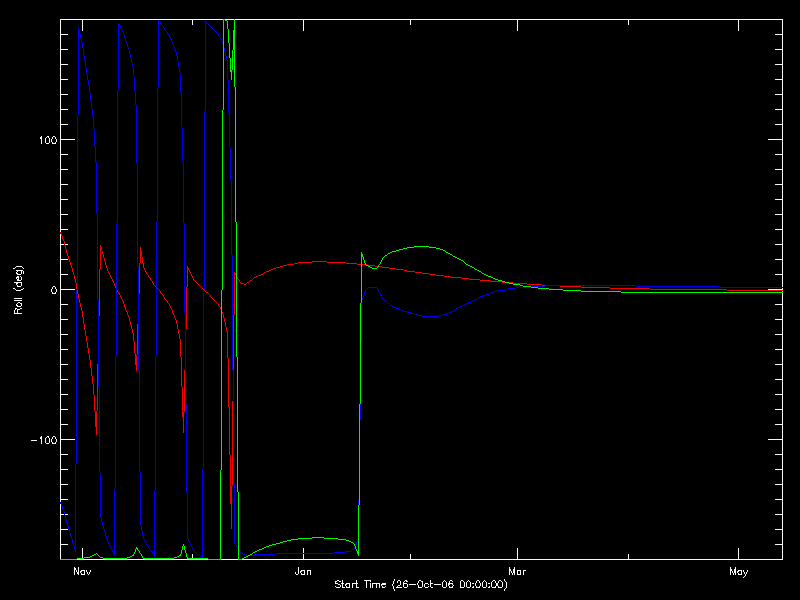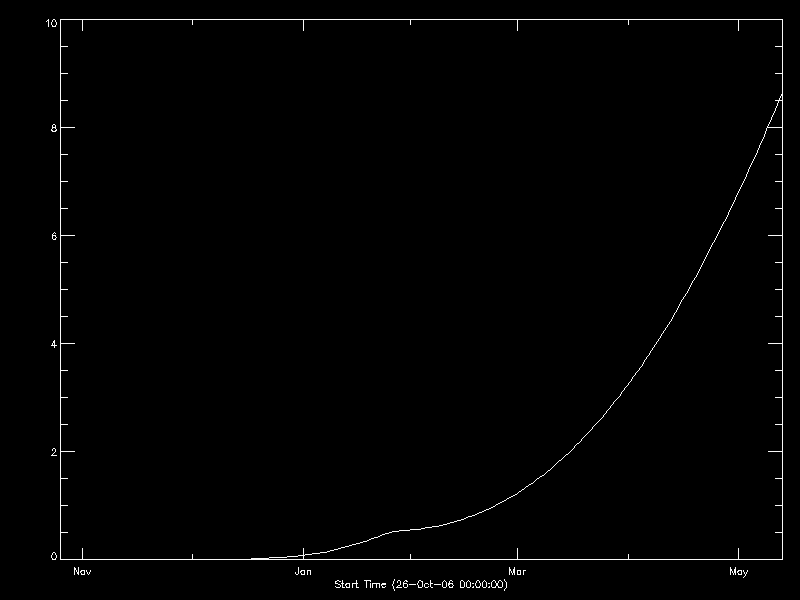One of the effects that needs to be taken into account in designing the 90 and 180 degree roll maneuvers is the roll angle of the spacecraft itself. It's only well into the heliocentric mission that the roll angle can be considered to be well aligned to the ecliptic. The attached plot shows the roll angle of the Ahead (red) and Behind (blue) spacecraft as a function of date, relative to the ecliptic plane. The green curve shows the difference.

Note that the Behind spacecraft spends a lot of time close to a roll angle of 180 degrees between the S1 and S2 maneuvers. That's because both spacecraft are on the same side of Earth during that time. Both H Is will be looking in more-or-less the same direction during that time, although the two HI-1 fields of view may not overlap much.
It's not until March that both spacecraft settle down to being in the ecliptic plane, but that's more than two months after S1. Also plotted is the separation angle during the same period. The separation angle between the two spacecraft is only 1 degree at the beginning of March. It seems that the optimal time to perform the 90 and 270 degree rolls is in the first two weeks of March, i.e. right around 2.5-3 months after S1. Doing it before then means optimizing the roll angles for the specific date, which adds complexity.

The data in the attached plots were derived using GET_STEREO_ROLL and GET_STEREO_SEP_ANGLE respectively
